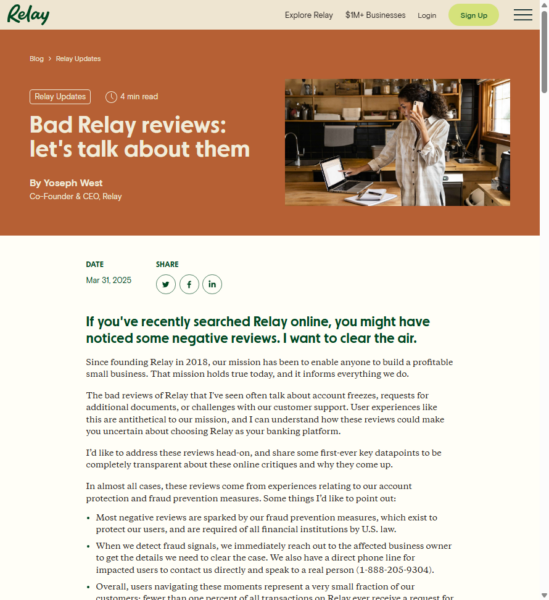In a case of first impression, the Supreme Court of Wyoming took on this question in Hurst v. Metropolitan Property and Casualty Insurance Company, (2017 WY 104).
On May 31, 2014, Larry and Sara Hurst (“Larry” and “Sara”) were riding separate bicycles on US Highway 87 near the city of Sheridan, in Wyoming. Sara was riding her bicycle approximately thirty feet in front of Larry. Both bicycles were on the shoulder of the road, in the emergency lane, and out of the lane of traffic. Hannah Terry (“Terry”), driving a minivan, was also traveling south on the same road, going about 50 mph. Her van veered into the emergency lane, hit Larry’s bicycle from behind, causing him to be thrown more than 160 feet. Terry continued driving in the emergency lane and hit Sara’s bicycle. Sara ended up on the hood of the minivan. There was about one second between Terry hitting Larry and Terry hitting Sara. Larry died shortly after being hit by the minivan, which was a direct result of the negligent driving of Hannah Terry. Sara was seriously injured in the accident.
The Hursts filed a claim with their uninsured motorist insurance carrier, Metropolitan Property and Casualty Insurance Company (“MetLife”), who, in turn, filed a Complaint for Interpleader against Sara Hurst; the Estate of Larry Hurst (collectively, the Hursts); over the coverage provided for in the Hursts’ MetLife policy (the Policy). The Policy provided UIM coverage/benefits in the amount of $300,000 each person/$300,000 each accident. The Policy did not define “one accident”. MetLife claimed that the injuries to the Hursts and caused by Terry were the result of one accident, resulting in a maximum of $300,000 in coverage. The Hursts argued that their injuries were the result of two accidents, warranting $600,000 in coverage. The Hursts and MetLife filed cross-motions for summary judgment, along with a stipulation of the underlying facts. The district court granted summary judgment in favor of MetLife, finding there was only one accident for purposes of determining the amount of UIM coverage. The Hursts appealed.
The sole issue in this appeal revolves around the meaning of “any one accident,” as contained in the Hursts’ UIM coverage language in the Policy. That term is not defined. When summary judgment is based upon interpretation of an insurance policy, the rules of contract interpretation apply. The Court utilizes a standard of interpretation for insurance policies which declares that the words used are given the plain meaning that a reasonable person, in the position of the insured, understands them to mean.
There are three separate legal theories that the Court utilizes to interpret the term “one accident,” which appears to be standard insurance policy language: the cause theory, the effect theory, and the event theory. Under the cause theory, the number of accidents is determined by the number of causes of the injuries, with the court asking if there was but one proximate, uninterrupted, and continuing cause which resulted in all of the injuries and damage. Under the effect theory, the Court considers the number of accidents from the perspective of the injured parties. Under the event theory, the Court considers the number of events that happened.
Here, as a matter of first impression, the district court adopted and applied the majority view, the cause theory, to determine the number of accidents at issue. The Hursts argue, in the alternative, either that the effect theory is the more appropriate test or that, if the cause theory is adopted, the district court misapplied that test under these circumstances. Although the Hursts make compelling arguments for the adoption of the effect theory in the application of solely UIM benefits, this Court finds the effect theory particularly problematic in its application to liability coverage for the same reasons expressed by the district court. Finally, adoption of the cause theory, and its application in this case herein, are consistent with both the purpose and intent of this Policy, as well as the overall public policy behind UIM insurance benefits.
The district court concluded that, under the cause theory, only one accident occurred for purposes of interpreting Policy limits. In reaching this conclusion, the district court focused on temporal and spatial considerations, noting that Terry’s two impacts with the Hursts’ bicycles occurred approximately thirty feet and roughly one second apart. The Court did not give much, if any, consideration to the notion of Terry’s control of her vehicle. However, the element of control has a significant, if not overriding, impact on the determination of whether there is more than one accident, for without which there can be no single proximate, uninterrupted, and continuing cause.
Here, the facts reveal that the collisions with Larry and Sara could be separate incidents, each arising out of Terry’s independent collision with each of the Hursts, riding his/her own, separate bicycle. There was no chain reaction or causal connection between the impact with Larry’s bicycle and Sara’s bicycle, so long as Terry was in control of her minivan. The events happened 30 feet apart and one second apart.
Taking the facts as a whole, giving MetLife the benefit of all favorable inferences that may fairly be drawn, and applying them to the elements of the cause theory, as now adopted in Wyoming, this Court concludes that the stipulated facts are inconclusive regarding Terry’s control of her vehicle. The matter must be remanded for trial. It is therefore reversed and remanded with instructions.
The Metier Law Firm is committed to assisting people with personal injury claims throughout Colorado, Wyoming and Nebraska, and we frequently serve as co-counsel to law firms nationwide. Tom Metier recently secured the largest personal injury verdict in Colorado

Nationally recognized litigation attorney Thomas Metier practice areas include traumatic brain injuries, spinal cord injuries, trucking accidents and motor vehicle accidents. He is licensed to practice in Colorado, Wyoming, the U.S. District Court–District of Colorado, and the U.S. District Court–District of Wyoming, the 10th Circuit Court of Appeals and the U.S. Supreme Court.










Comments for this article are closed.